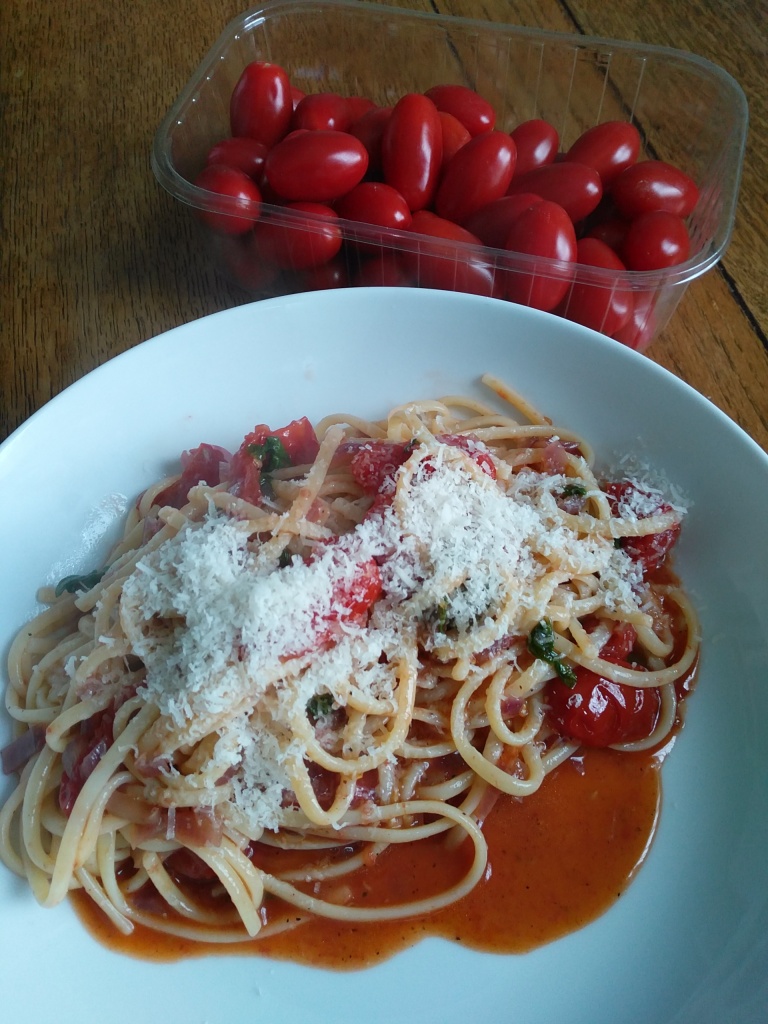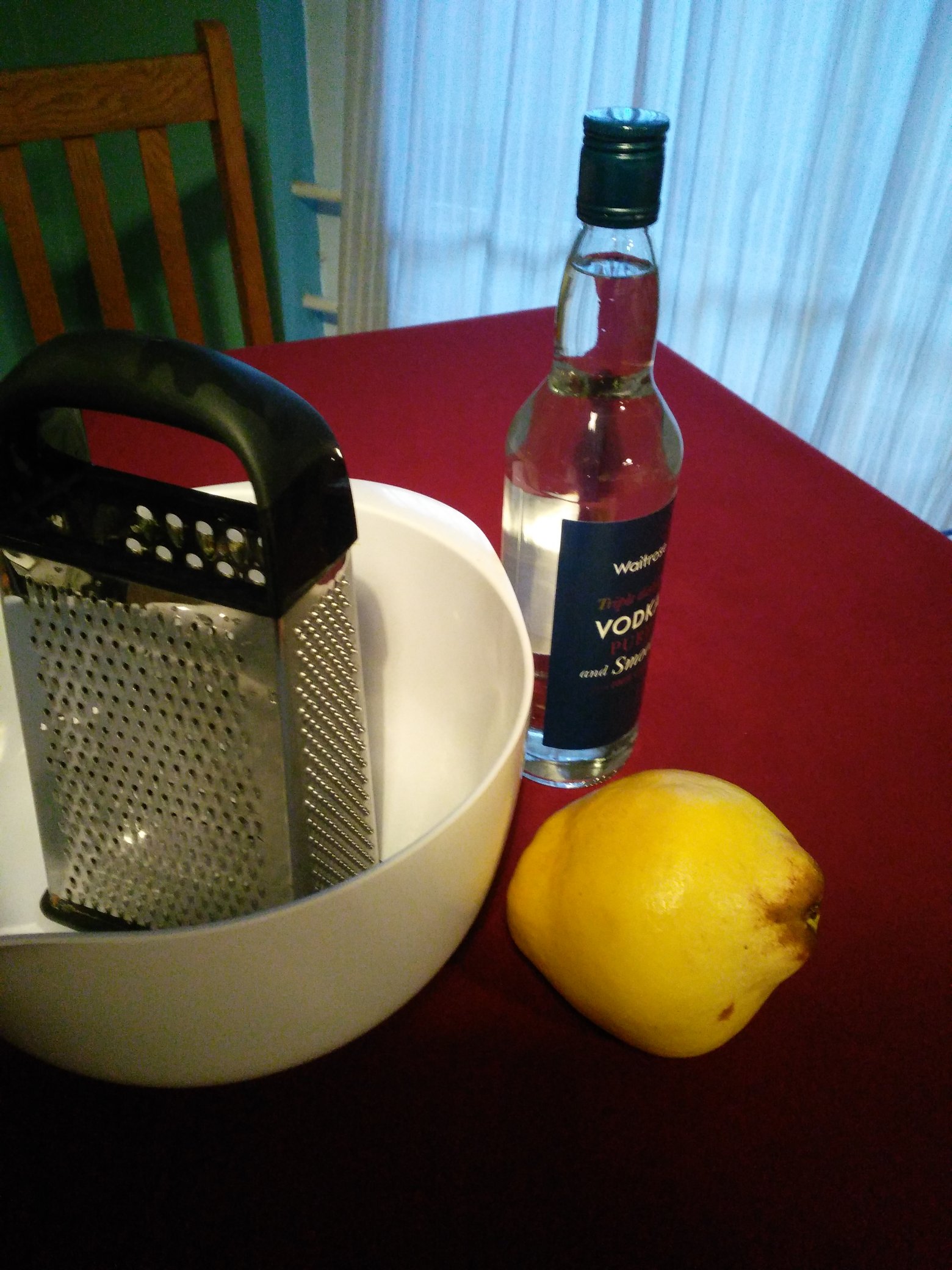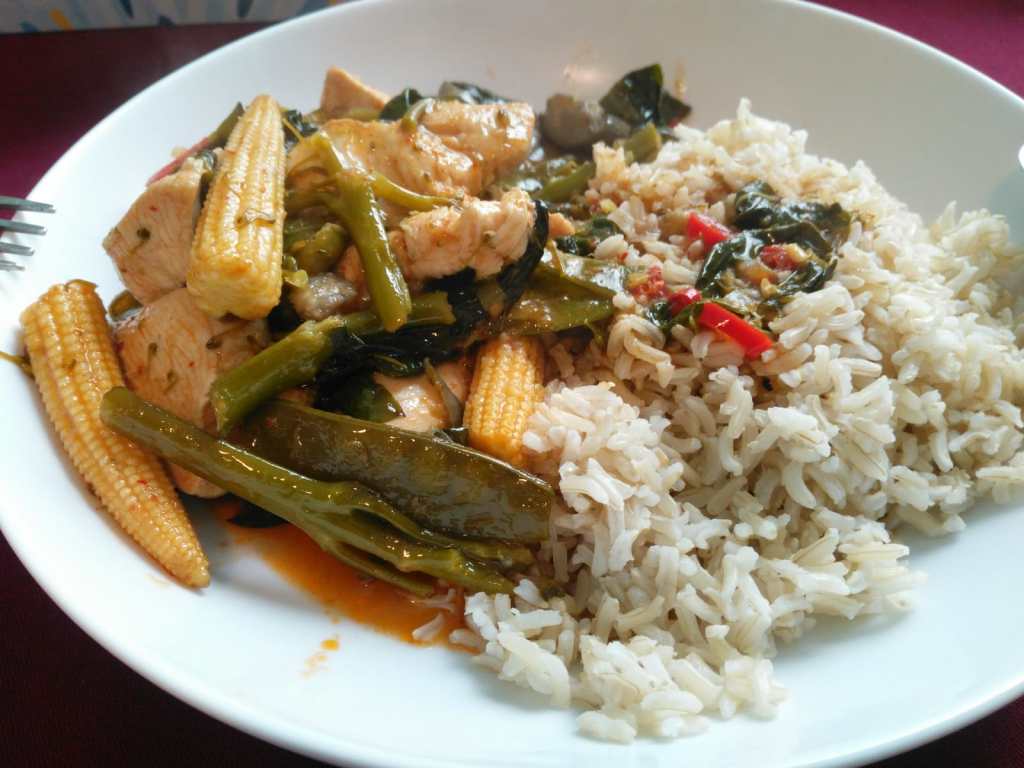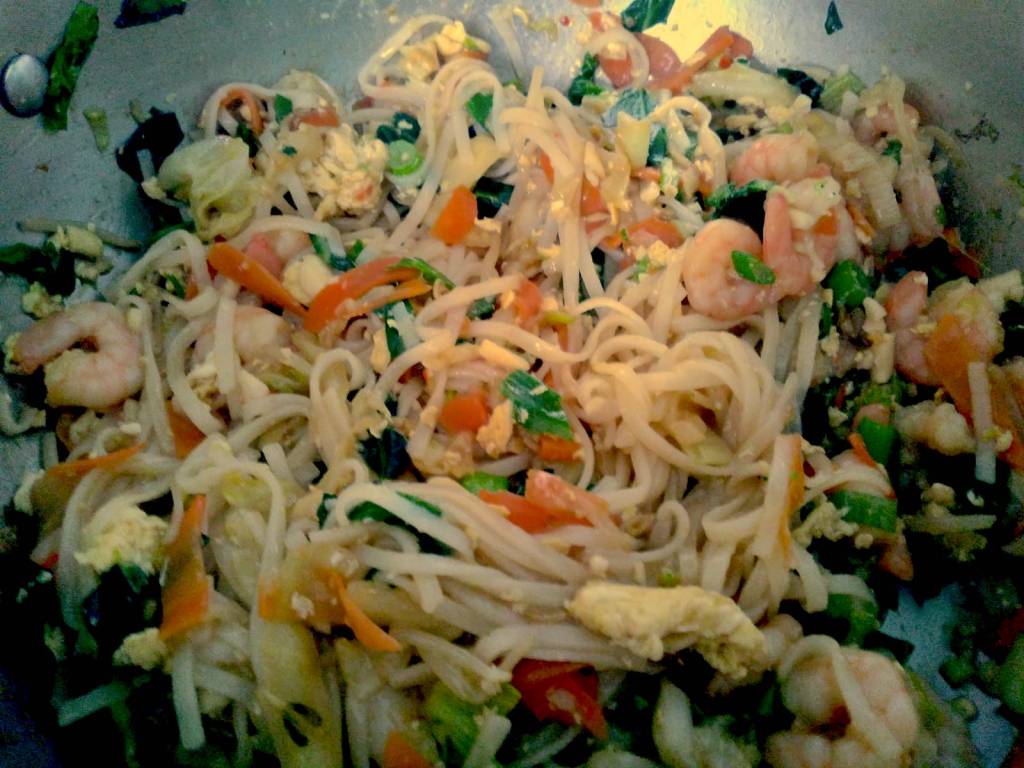There is, at the more expedient end of the catering business, a technique for doing a burger where the patty goes straight from the deep freeze into the deep fryer. With practice, this results in a spot of charring, a spot of caramelisation, and some juicy meat in the middle. On a decent bun, with some fresh salad, and one of the better brands of relish, it’s delightful. Served promptly, with a smile, and for just north of a tenner including a decent pint, it’s utterly compelling. Sadly, I am not here to write about The George.
On the other side of the market square in Piddlington is The Cock: a pub-cum-nightclub where the music, the fashions, and, crucially, the prices, have not changed since the nineties. We are mercifully free of the tedious young man who merely wants to start a fight, and the punters are solely here to drink like fish and dance like idiots. Trays of blue luminescent shots zoom past, the DJ whacks on yet another nineties banger, and even the security staff are dancing. The floor is slippery, the toilets a disgrace, and the place is an utter, utter joy. Sadly, I am not here to write about The Cock.
A few streets from the market, at the better end of town, is The Piddlington Arms, in that kind of large Georgian building that is invariably described as ‘handsome’. The more observant amongst you will have already deduced that there is no such place as Piddlington, because I see no reason to shame an otherwise fine country town, but every country town has a place like this, and it is my duty to catalogue the warning signs, so you may run screaming into the shadows of the night before your wallet and guts are left worse for the wear.
Braving the immaculately painted and cleaned exterior, we step inside, to the welcoming sight of a bar, but before we can get near it, the staff interpose themselves. One cannot simply walk into Mordor. We are given the once over, our lack of reservation counting against us, and parked in a salon, whilst our table is ‘being prepared’. Although nowhere near Scotland, there is enough tartan on display that we feel we might be on the inside of a Barbour jacket. We keep an eye peeled for stray bagpipers and, not for the last time, wish someone had packed a small firearm.
A quarter of an hour passes before we are ushered into the mostly empty dining room, a plethora of easy chairs, banquettes, benches and divans, putting me in mind of a mid market furniture showroom. There is a lack of anything resembling a chair on which one can sit upright and safely manoeuvre one’s nosh into one’s mouth like a grownup. It is unclear what a reservation would have brought to the party, or indeed, what preparing the table involved, as all the tables are already set. There is a large man in a small suit fussing over things, but he seems reluctant to approach, instead dispatching a minion to recite a long list of things on the menu that are no longer on the menu. I fail to memorise it.
Despite our worst fears, the food arrives on conventional plates, but is a bit dull, and uniformly over salted, except bizarrely, the chips, which have none at all. The chips at The George were obviously prepared by the machinery at McCain, which has been expertly programmed to do the job properly. The unlucky punters at The Piddlington Arms are treated to hand cut triple cooked chips, which someone in the kitchen has learnt from a correspondence course. They are pale, floury and greasy, with the promise of some intestinal indignity the following day.
We are a long way from London, but the prices and portions are all too familiar. Understandably, when the rent is the most expensive ingredient on the menu, a place will need to cut their cloth accordingly, but a small country town? Just be done with it and put the words ‘wedding venue’ out the front and we’ll steer clear.
You’ll find me in The George, eyeing up The Cock.









